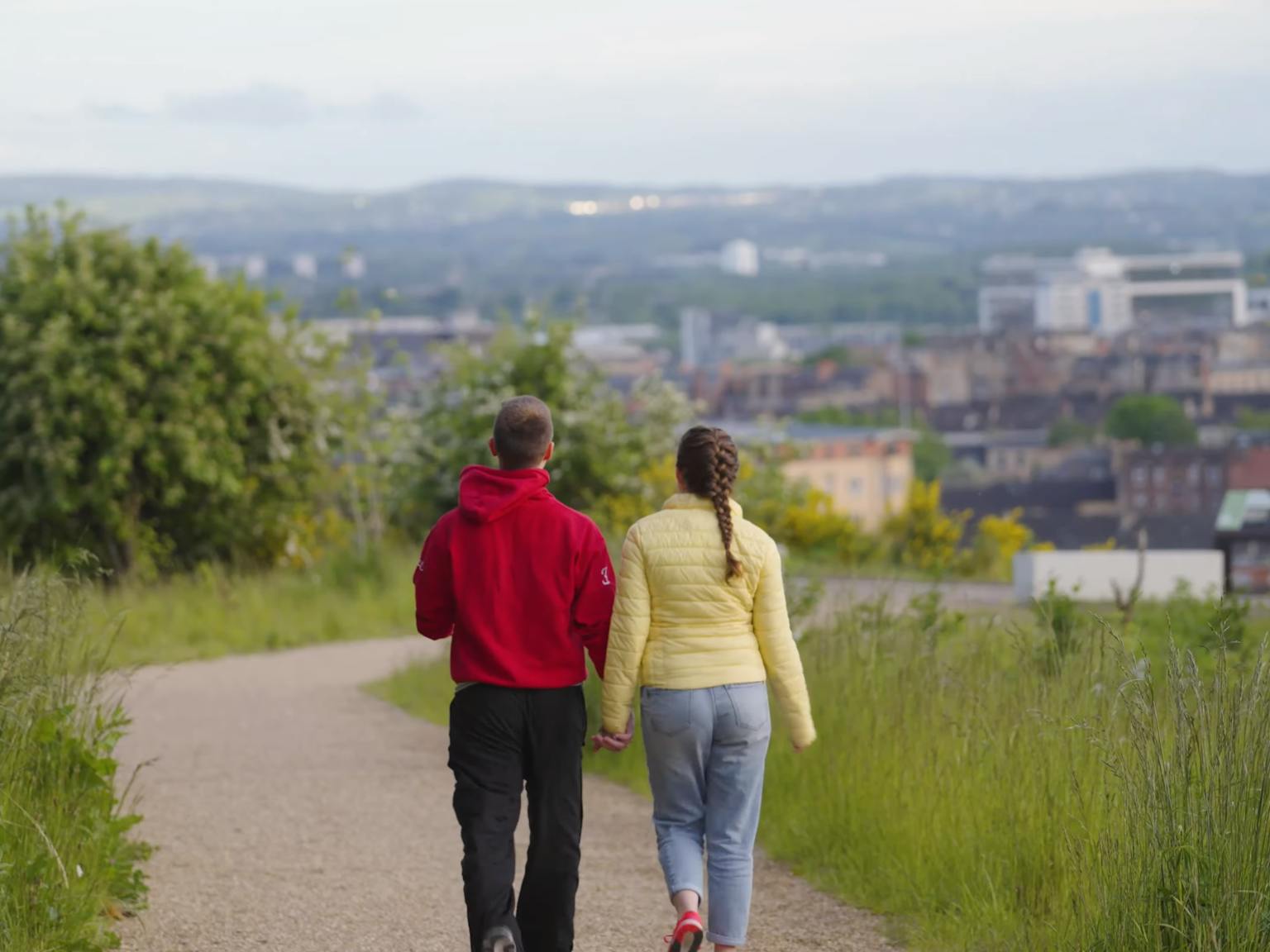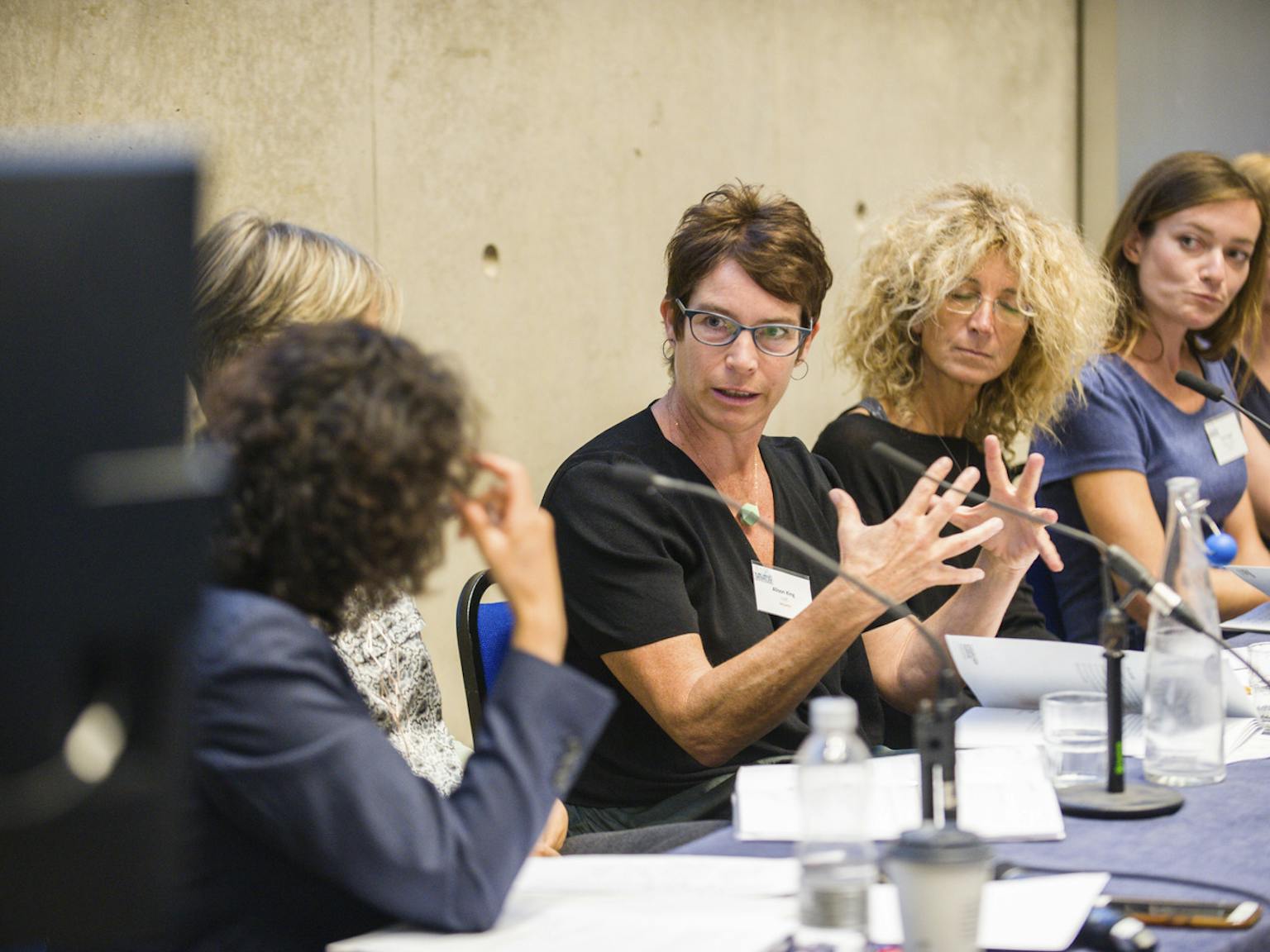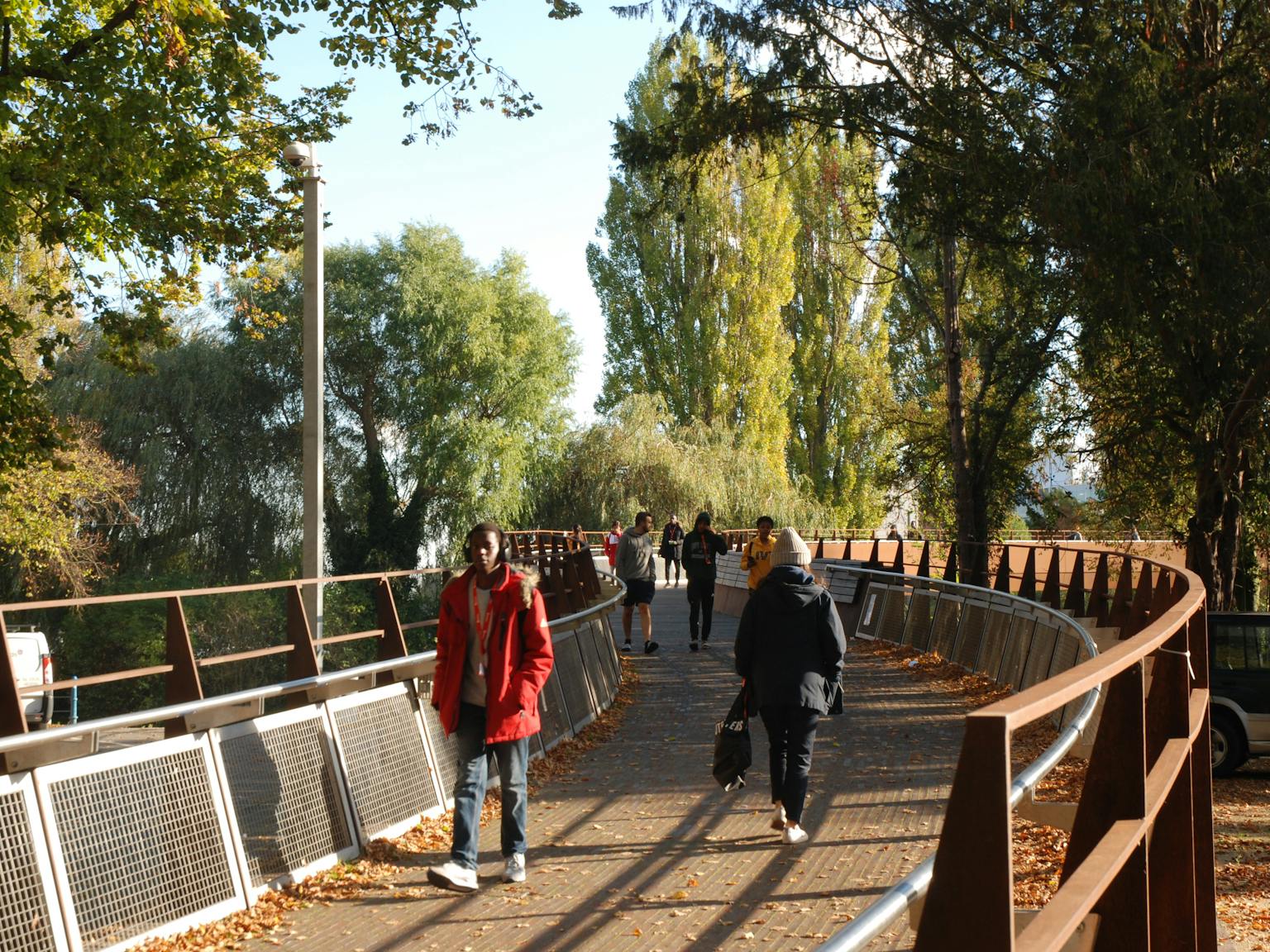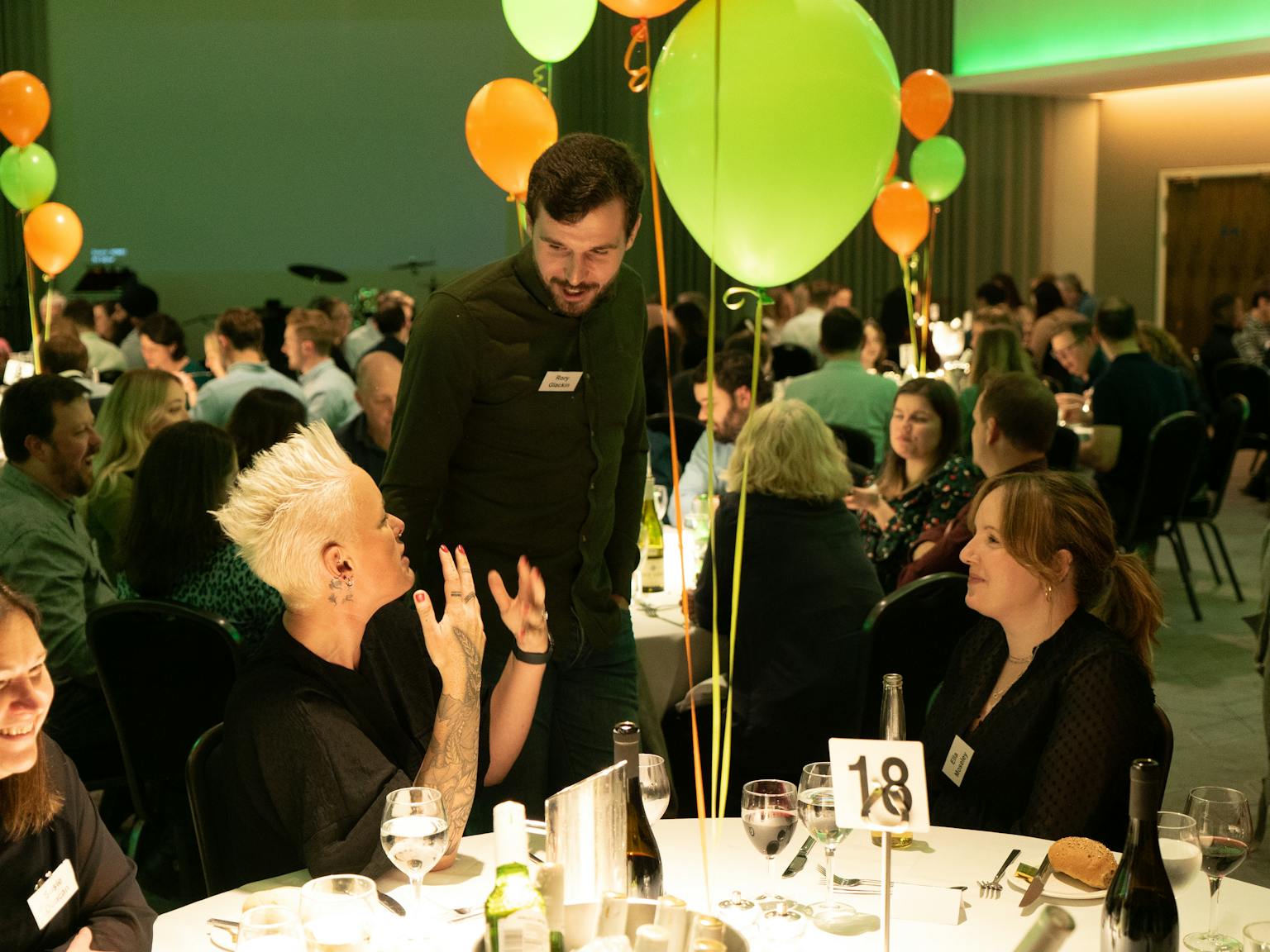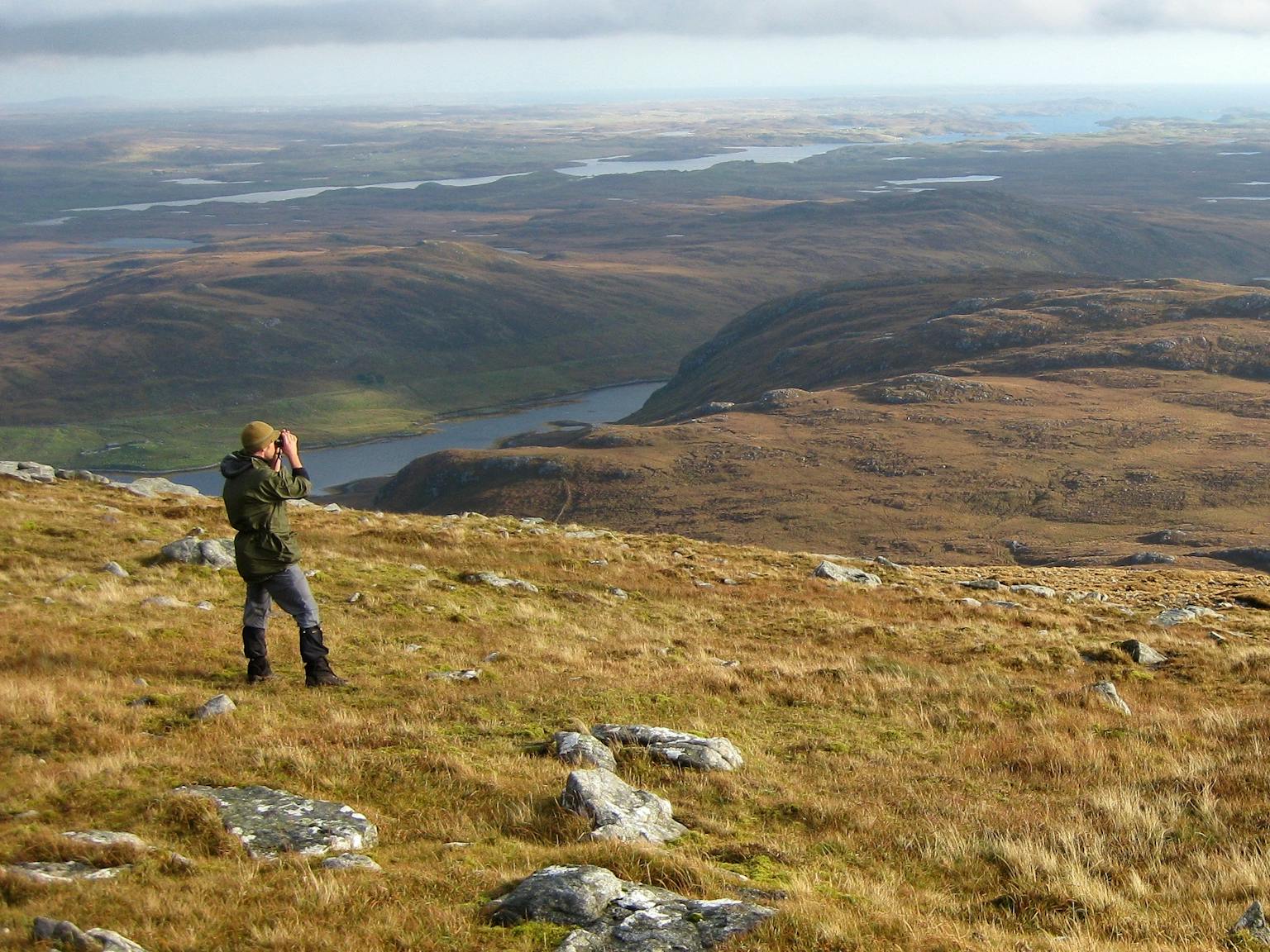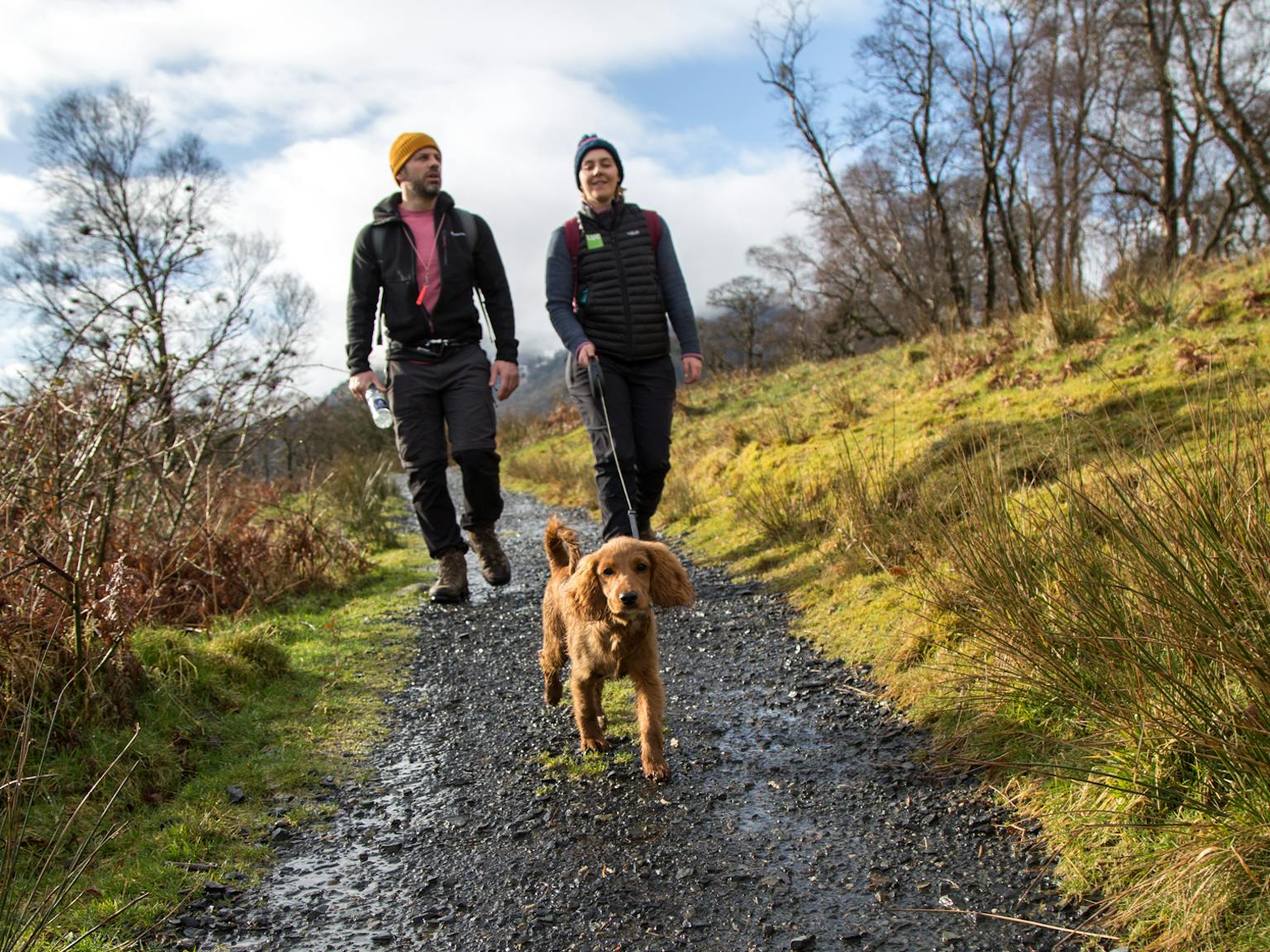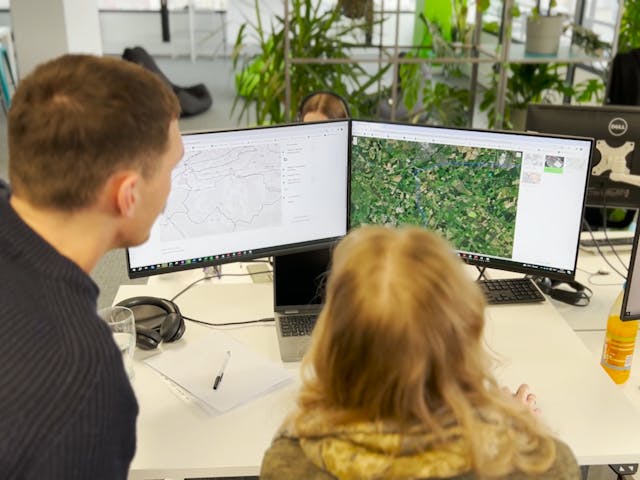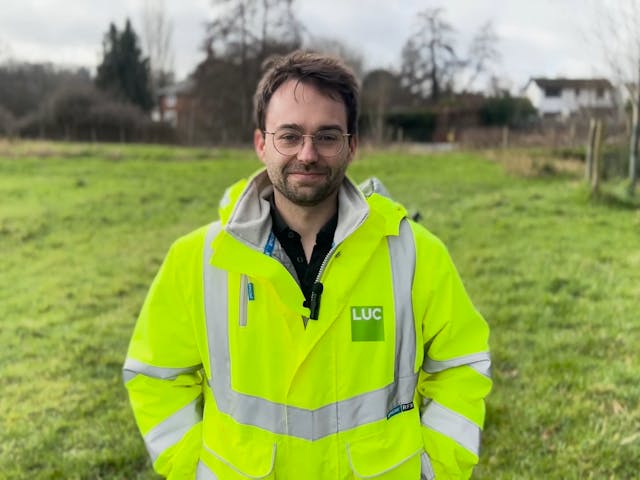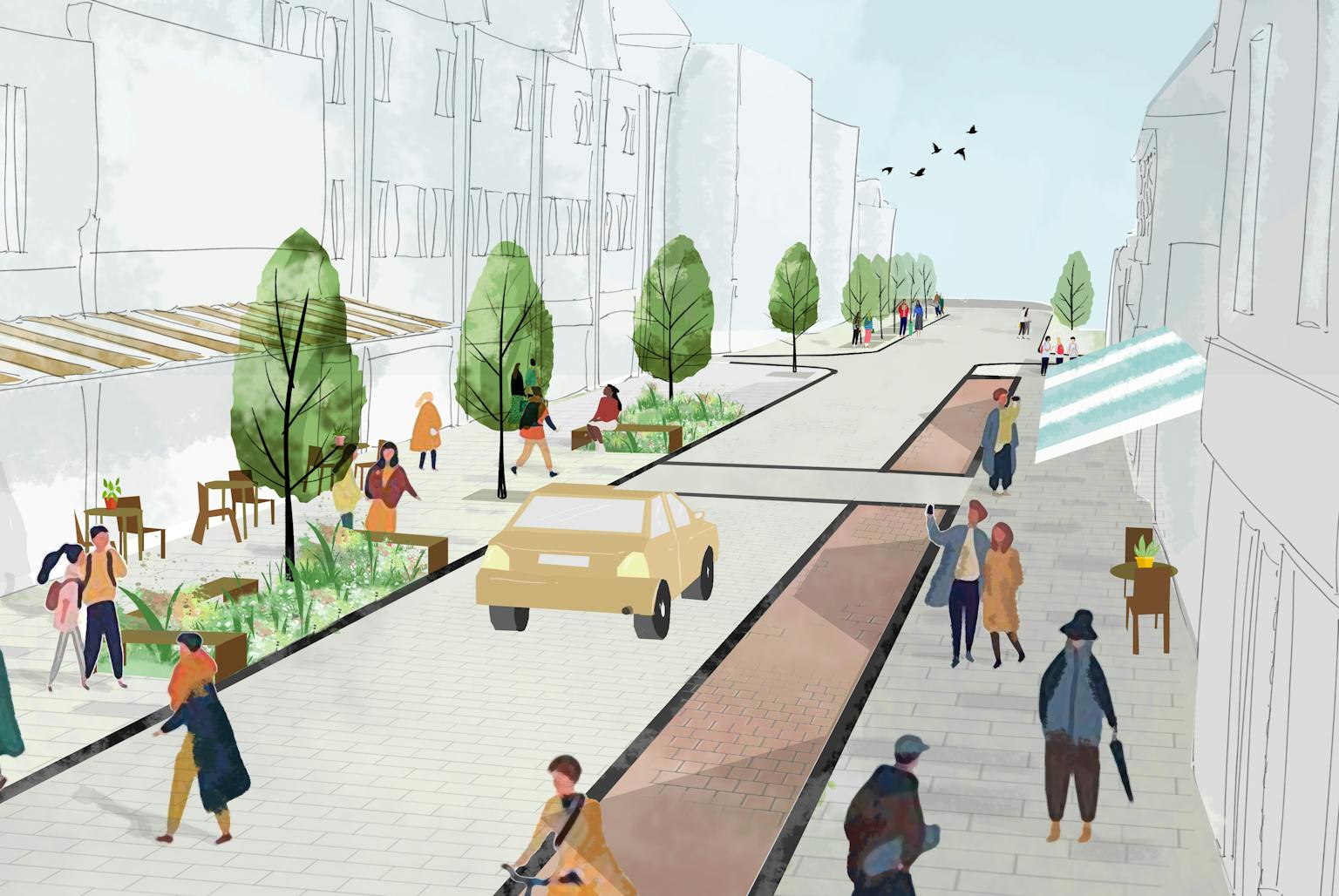
Personas and pain points: why we need more user-centred masterplanning
We recently had a new website built at LUC. Going through that process, working with the wonderful team at Studio Treble, not only resulted in a beautiful new website. It also sparked a train of thought that resulted in a reinvigorated approach to our own placemaking projects.
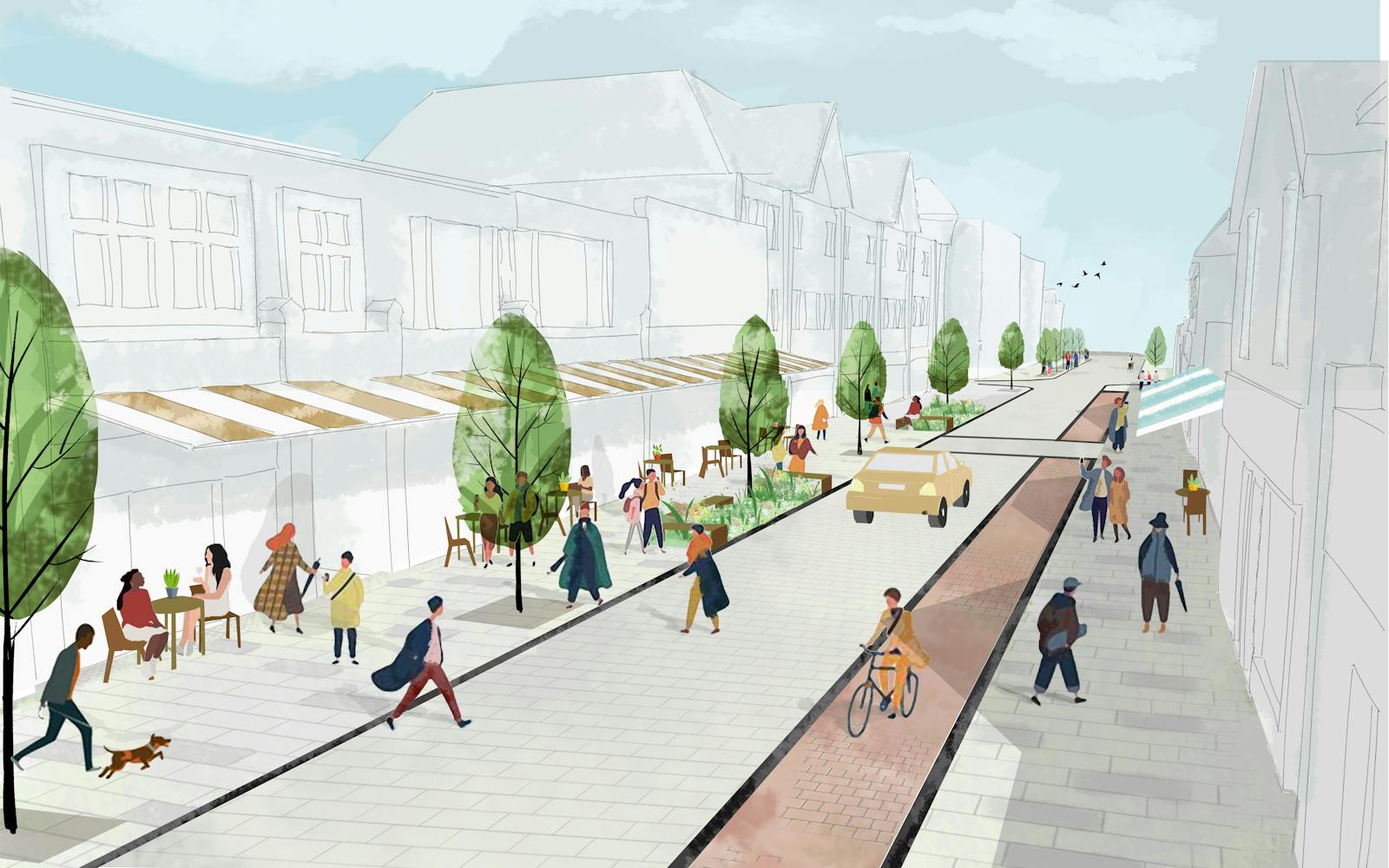
‘Personas’ are a strategic marketing concept used to identify audience segments. When web developers start a website project, they do not start by writing content for the landing page or creating a wireframe. Instead, they start by identifying personas part of a website user experience (UX) strategy, personas are a type of user profile that represent the wants and needs of parts of your target audience – allowing you to analyse their behaviour patterns, goals, skills, attitudes and problems, and helping you to make better product decisions.
Web designers give these people real names, to make them feel more tangible – they might be ‘Jamelia’, a young graduate looking for a job, or ‘Sharon’, a developer looking to commission a landscape around their scheme.
Once these personas have been identified, a collaborative workshop exercise starts to identify and explore a number of things for each one:
- Their goal - what they are trying to achieve on the site.
- How they want to feel when on the site.
- Any ‘pain points’ that stop them achieving what they need to.
Leaving Studio Treble’s office after a meeting last year, I wondered aloud why on earth masterplans don’t start in this way? If we put this much thought into the users of our website, why do masterplanners not put the same amount of thought and care into understanding the needs of the ‘users’ of our towns, cities and villages? The Studio Treble team were frankly amazed that the process of masterplanning ever starts any other way.
Too often, masterplans start with lines on a map. Teams are eager to start analysing buildings plots, collecting data, drawing up urban design frameworks, or imagining new uses for heritage assets. Those are all important exercises in themselves, but should they come first?
In the spirit of design thinking, a well-designed project begins by embracing ‘chaos’ and understanding the problem we are trying to address through our masterplan, then constantly looping back to this purpose and refining our thinking. This is how we address complexity.
As urban designers, this got us thinking about how much better the places we design might function if only we started with a set of personas, and interrogated how they use space before we designed a thing. How do they feel moving through this place? What are their own pain points?
Looking at the imaginary town of Placechester, we can start to imagine a community of personas inhabiting the streets. Including those who are often overlooked – teenagers, anyone?
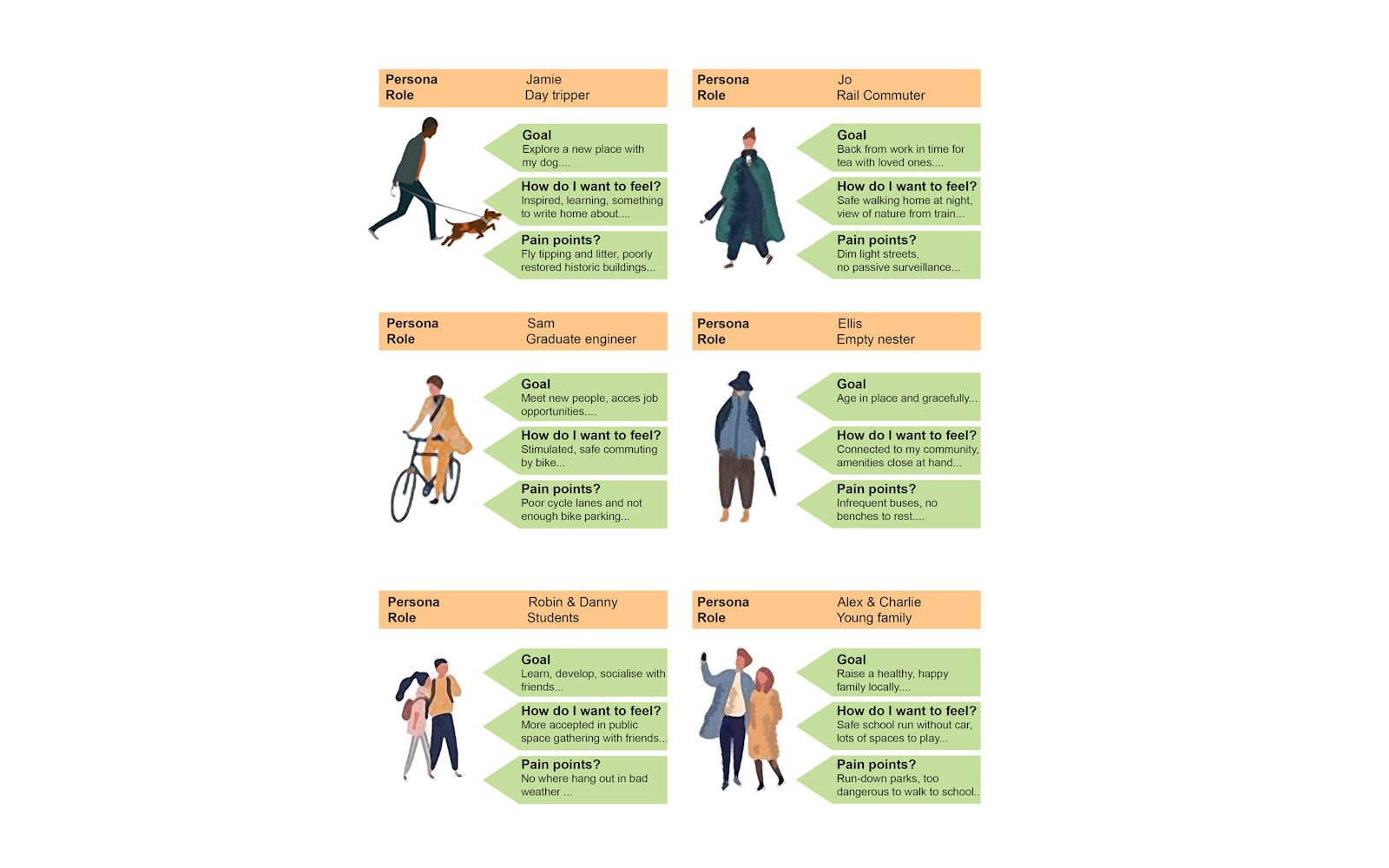
Just as when we build websites, these personas should remain a constant thread through the design process – to return to so we can test and refine our thinking and our proposals for a space. This makes sure that our plans remain grounded in local reality and address the entire range of community needs. Good design will always overlay and integrate these diverse needs and aspirations, highlighting and resolving conflicts along the way.
Too often in placemaking projects, a short-form consultation exercise (where existing plans are presented for feedback) is the only opportunity we get to engage with the desires, hopes and frustrations of the people who will live, work and play in the spaces we are designing. This is not always within our control as designers.
But if we are to design more thoughtful, responsive and context-appropriate spaces place, we need to bring these people and their hopes and frustrations into the picture on day one.
Getting this process right begins by writing a good brief that puts people at the heart of your project. Do you want to try doing placemaking differently? Get in touch with our team for advice on the best place to start.

